Zeiss Loxia 21/2.8 Rolling Review
Loxia build quality, ergonomic function, distortion, corner smearing and when it matter…
Yesterday was finally sunny day and most importantly – very good visibility (for Prague), so I took Loxia with me. But I forgot tripod at home. Damn. I had to buy cheapest tripod I could find and it was approx. 7 USD Chinese wonder branded – Marell.
I tried one in the shop and it could held steady (so,so) A7MII and Loxia 21/2.8 mounted, but the new in box which I got after payment, wasn’t that lucky. Therefore, most of the shots I took yesterday were hand held, but at the end, I am glad they were. I noticed one issue that I won’t, if using tripod.
Let’s start from the beginning…
Few days ago, I received email from a dear friend, highly respected professional in optics and lens testing. He asked me what do I think about Loxia 21/2.8 barrel design, because in his opinion there were some concerns.
Here is what he wrote:
“For my taste the lens is too “slippery”, I miss a grip during mounting.”
On my brief experience so far, somehow I overlooked this limitation. Truth is that this is quite noticeable shortage in the lens design. Problem is that almost whole barrel is actually focus ring that rotates and there is also aperture ring that rotates too. Remaining grip space is so thin, that is virtually impossible to hold the lens not touching rotating parts. In a result, when you want to mount lens, you will most probably rotate focus and/or aperture ring at the same time. You’ll need to hit focus (and/or) aperture ring hard stops, if you want to apply enough pressure to lock the lens in camera mount.
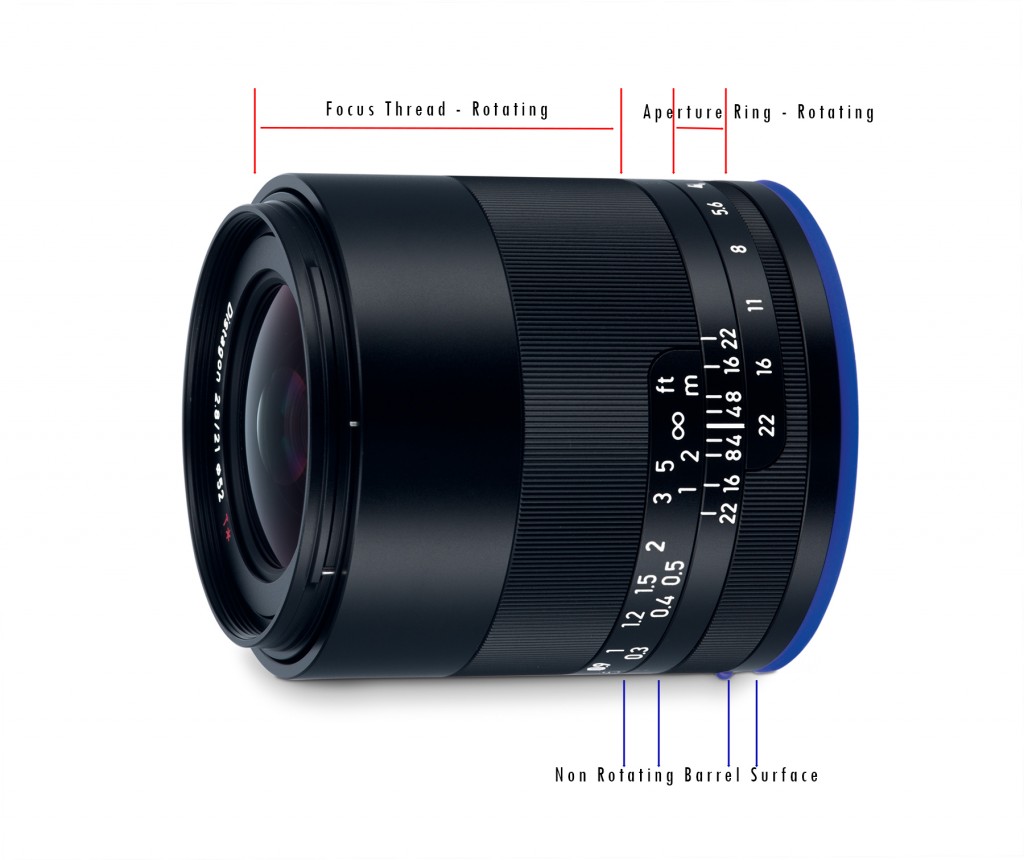 Most efficient technique that I came too, is to hold the lens from the front (over lens cap) and catch the mount ring with a tips of my thumb and index finger. Just as with pliers, I apply pressure on the finger tips in order to grip the lens, but because the space is really very small, I usually ends up with aperture being shifted from its original position.
Most efficient technique that I came too, is to hold the lens from the front (over lens cap) and catch the mount ring with a tips of my thumb and index finger. Just as with pliers, I apply pressure on the finger tips in order to grip the lens, but because the space is really very small, I usually ends up with aperture being shifted from its original position.
Situation is slightly different when hood is mounted.
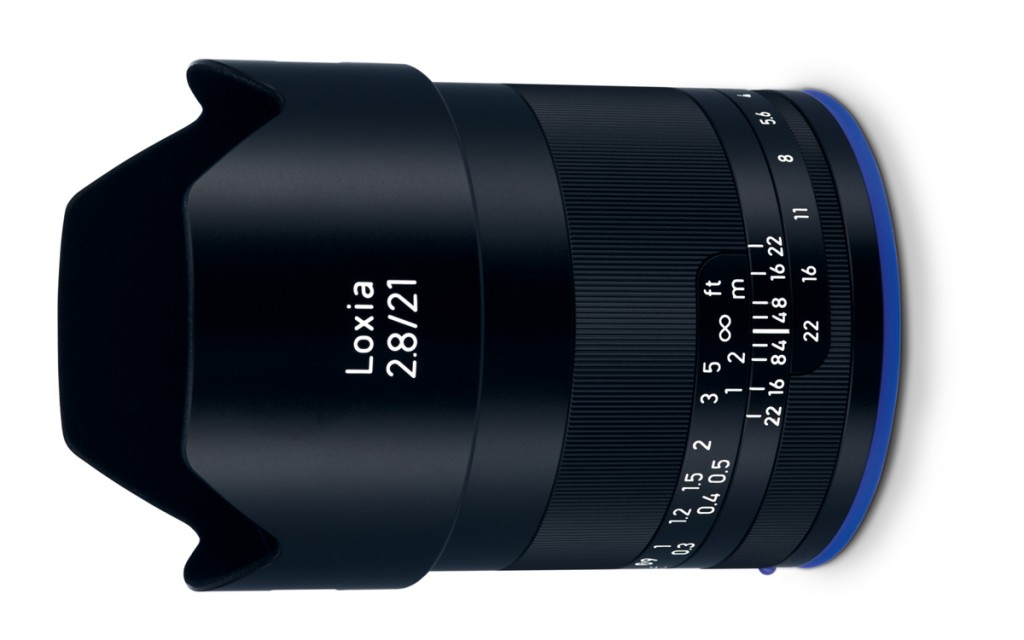 To lock the lens you can hold the hood, but don’t do that when you want to remove it, because hood can release (it’s twisted in its own removable direction) and lens can drop. You might try to hold the lens with the thumb and middle finger as a pliers from bellow, but it is very cumbersome operation.
To lock the lens you can hold the hood, but don’t do that when you want to remove it, because hood can release (it’s twisted in its own removable direction) and lens can drop. You might try to hold the lens with the thumb and middle finger as a pliers from bellow, but it is very cumbersome operation.
His second remark was even more disturbing:
“The torque of the focus ring is very low – this would be nice for a long focal length, where frequent focus fine tuning is essential. But for a super-wide with a very steep slope of the focus ring, the danger of accidentally loosing once carefully adjusted focus is quite high. The only fix area to hold the lens during shooting without interfering with the focus is the sunshade – and there you need discipline with your fingers.)”
He is right again. In my experience, focus ring of Loxia 21/2.8 is nicely dampened and not too free as he indicated, but free enough to be accidentally shifted.
In a result, you might lock the focus, but when you press the shutter trigger, you can easily slightly shift it. Here is one example of how this can manifest in practice (for the tripod shot I used cheap Marell, so don’t look for maximal sharpness please).
All that being said, I can live with both limitations, but it is good to know about them. I think that Zeiss designers probably paid more attention to the fancy look of the lens than to ergonomic convenience, but that’s a trend that we can follow recently in most technological applications.
Following forums and reading some other initial reviews, I noticed concern about Loxia 21/2.8 corner performance. I was surprised to see it, because if anything, this little Loxia seems to have very good sharpness across the frame from wide open. There are few things to mention though.
I have seen many comments about smeared corners (for other lenses), supporting that claim with a similar images like the one bellow:
Looking at 100% crops will reveal corner blurriness
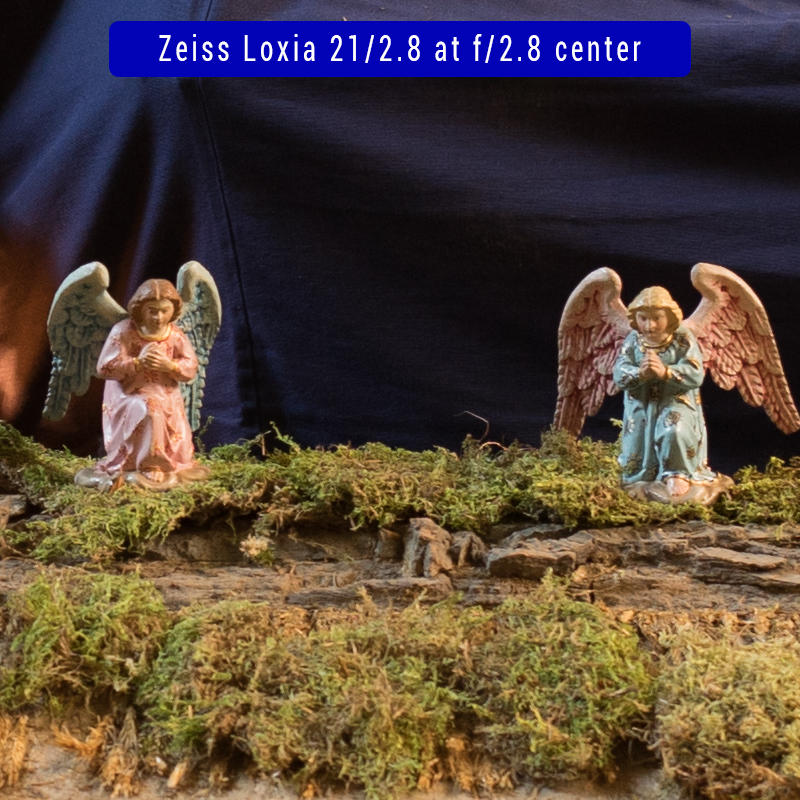
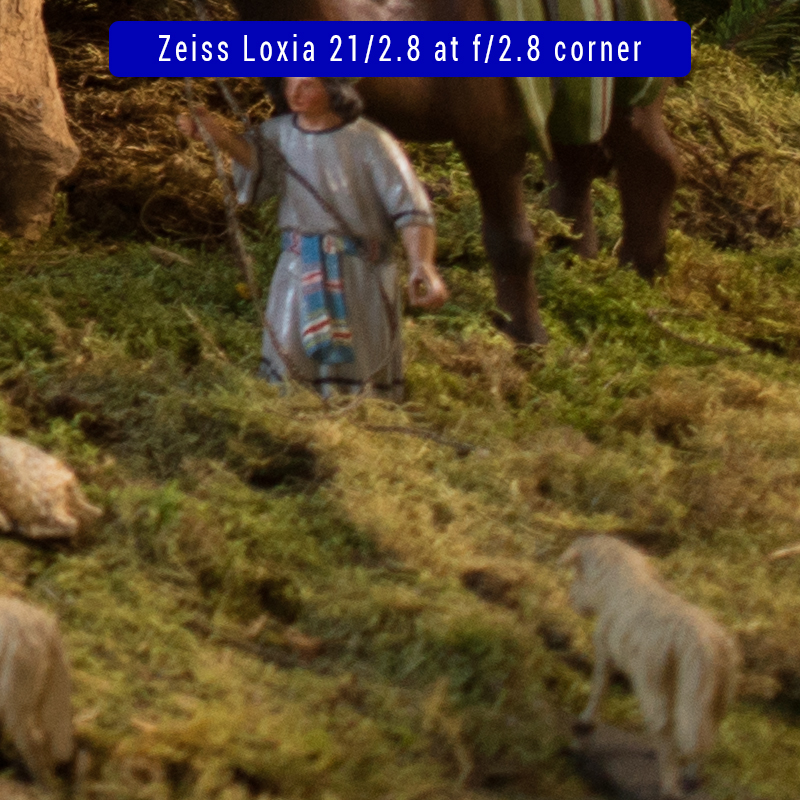 This blurriness is however result of shallow DOF, not optical aberration of the lens. To test super wide-angle lens for it’s intended and optimized focal plane, we have to consider its real life usage. If you want to achieve better corner performance and more even sharpness across the frame with Loxia 21/2.8 wide open, distance of the focal plane should be much larger or aperture has to be stopped down. (Not because of the lens, but because of the physics).
This blurriness is however result of shallow DOF, not optical aberration of the lens. To test super wide-angle lens for it’s intended and optimized focal plane, we have to consider its real life usage. If you want to achieve better corner performance and more even sharpness across the frame with Loxia 21/2.8 wide open, distance of the focal plane should be much larger or aperture has to be stopped down. (Not because of the lens, but because of the physics).
This might be extreme example, but there are also users who would go with brick wall test in order to draw the conclusion. Bellow is an example of similar shot (I couldn’t find brick wall nearby, but it serves the purpose), taken from approx. 2m from the focal plane.
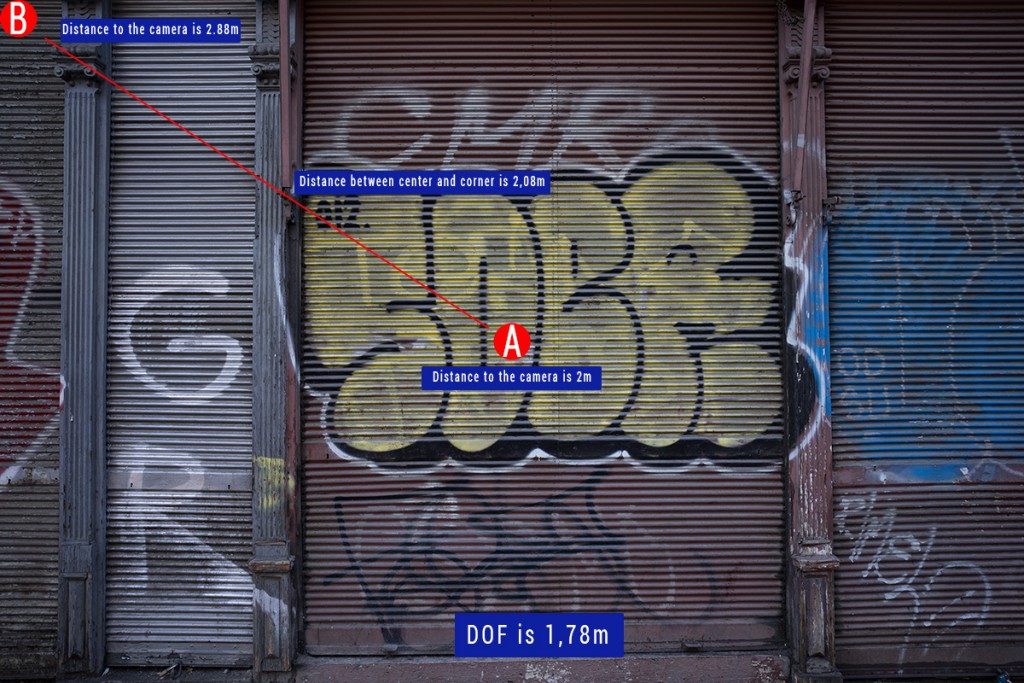 In theory, both center and corner area should fall well within DOF, but distance from the camera of corner area is 40% larger. Because DOF concept is defined for the 20x25cm prints and viewing distance of approx. 30cm. CoC smaller than 0,25mm is considered negligible when enlarged and viewed from above distance. In reality, most people (with good eyes) can resolve 1/3rd of this size (33% of it). As written in above example, our corner area is 40% more distant, and if alignment is not perfect (or target flat) it can be even more. Observing results from the example above, will highly depend on your sight and viewing distance, so we still shouldn’t consider them as 100% reliable.
In theory, both center and corner area should fall well within DOF, but distance from the camera of corner area is 40% larger. Because DOF concept is defined for the 20x25cm prints and viewing distance of approx. 30cm. CoC smaller than 0,25mm is considered negligible when enlarged and viewed from above distance. In reality, most people (with good eyes) can resolve 1/3rd of this size (33% of it). As written in above example, our corner area is 40% more distant, and if alignment is not perfect (or target flat) it can be even more. Observing results from the example above, will highly depend on your sight and viewing distance, so we still shouldn’t consider them as 100% reliable.
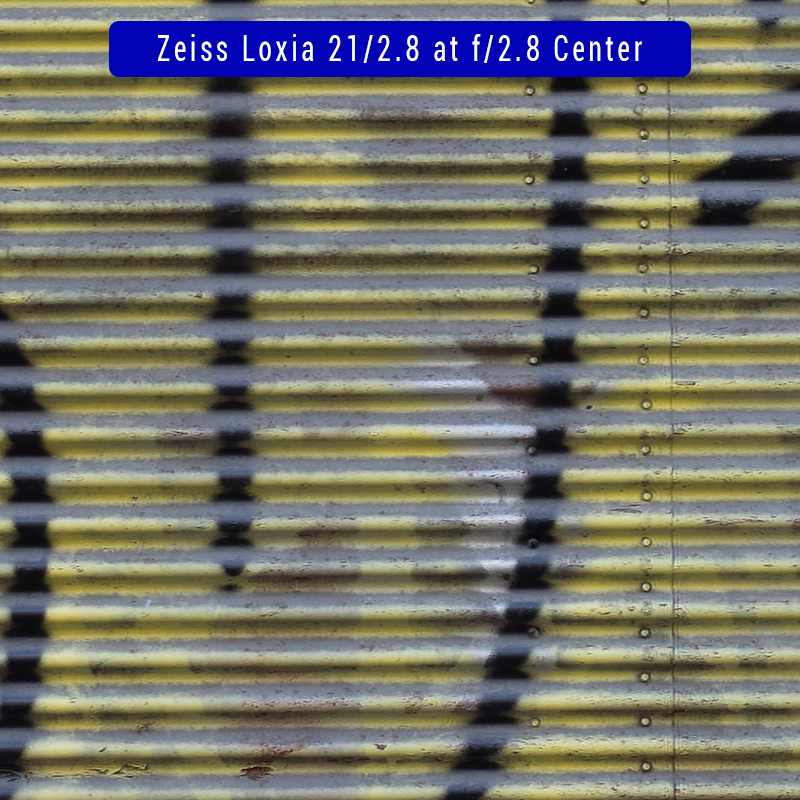
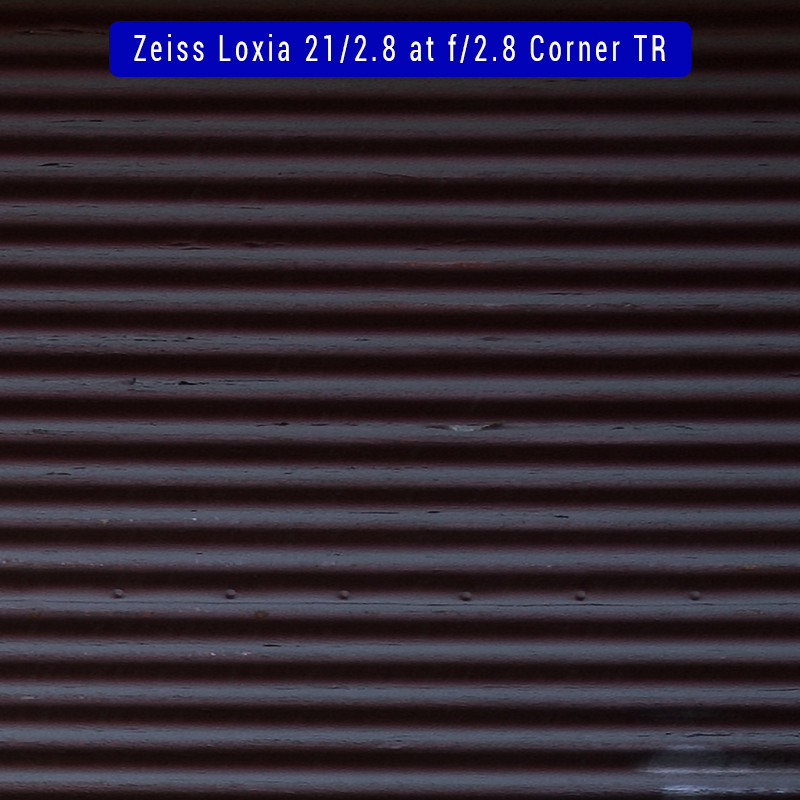
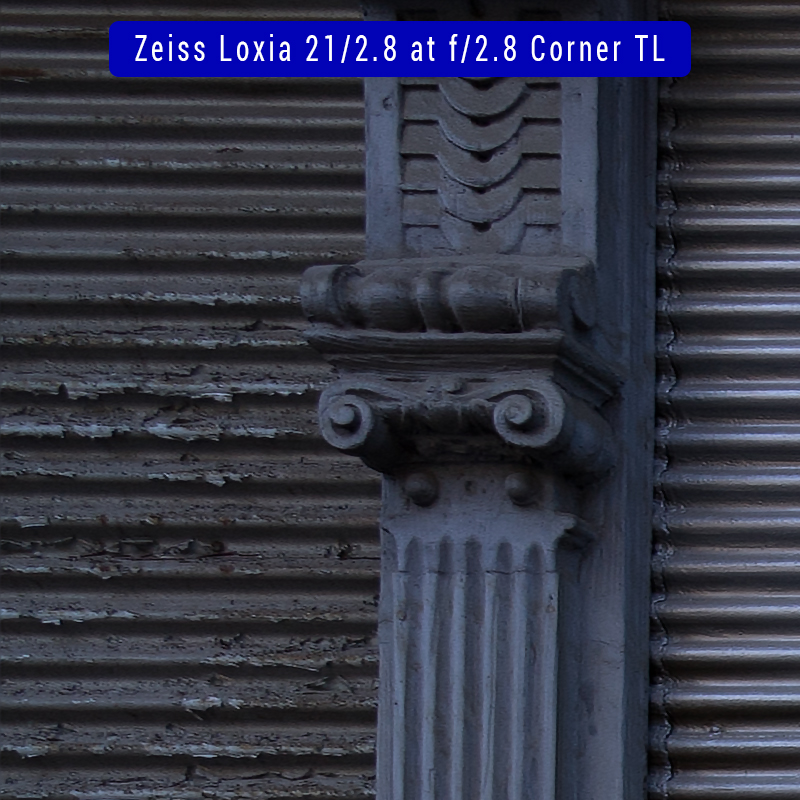 While results in the corners are already much better, they will further improve in a more probable scenario for this lens, even if shooting wide scenes at wide open apertures is rather an exception than rule.
While results in the corners are already much better, they will further improve in a more probable scenario for this lens, even if shooting wide scenes at wide open apertures is rather an exception than rule.
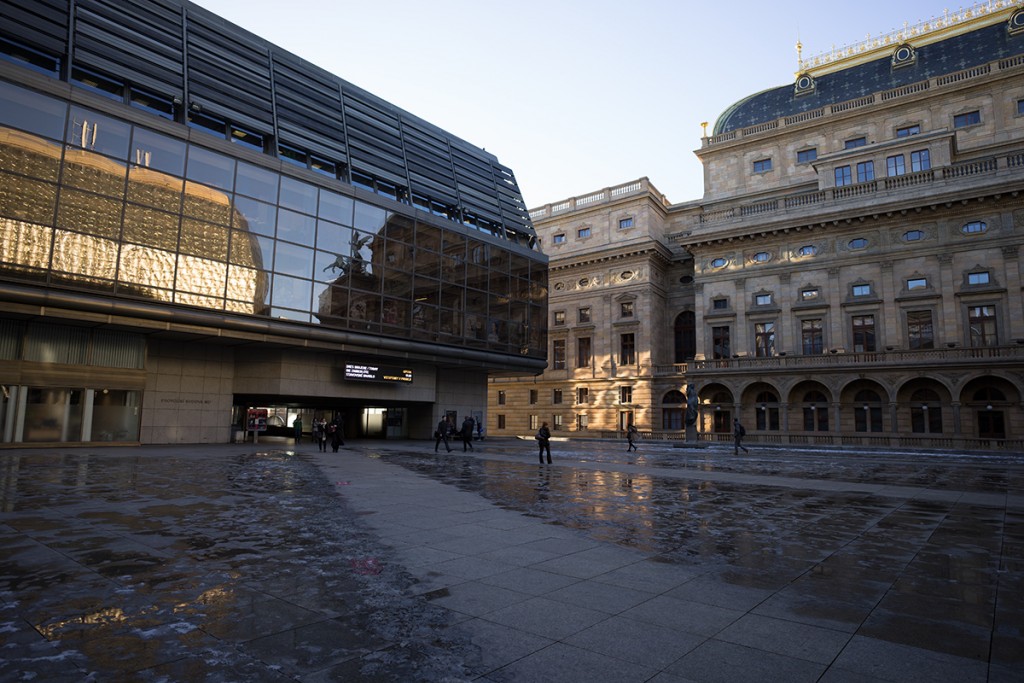 In the situation above, we are in a safety zone of DOF concept and looking at corners at pixel level (if you have reason to do so), will reveal perfect extreme corner performance IMHO, level of SA and astigmatism correction that I haven’t experienced with my other super-wides. (Nikon 14-24 at 21mm on Nikon and Zeiss Distagon 21/2.8 ZE on Canon, are coming very close though).
In the situation above, we are in a safety zone of DOF concept and looking at corners at pixel level (if you have reason to do so), will reveal perfect extreme corner performance IMHO, level of SA and astigmatism correction that I haven’t experienced with my other super-wides. (Nikon 14-24 at 21mm on Nikon and Zeiss Distagon 21/2.8 ZE on Canon, are coming very close though).
Remember, those are extreme corners at wide open aperture, from the image taken from the hand.
I hope that you might find those samples and explanation useful when reading about corner smearing complains.
While I really like Loxia 21/2.8 even frame resolution from wide open, I don’t like it’s wavy distortion character (mustache distortion), very similar to my old Distagon 21/2.8 ZE. Image bellow is not perfectly aligned with the target, but I shot it this way on intention, so that you can better see bending of the straight lines (building is straight, projection is distorted).
 Click on the image to open larger size and spent some time looking at it. You will see very irregular bending of the straight lines. I can’t say for sure, but I have feeling that lens producers are changing optical correction priorities toward more popular ones, such as corner performance wide open e.g. While we have many (older) super wide lenses with soft corners, they usually have regular barrel or pincushion distortion, which is much easier to correct in post processing. Many enthusiasts and professionals will use this type of lenses at apertures between f/8 and f/22 anyway, where most of them are becoming sharp across the frame. Loxia 21/2.8 is sharp from f/2.8, but it’s distortion won’t disappear at smaller apertures.
Click on the image to open larger size and spent some time looking at it. You will see very irregular bending of the straight lines. I can’t say for sure, but I have feeling that lens producers are changing optical correction priorities toward more popular ones, such as corner performance wide open e.g. While we have many (older) super wide lenses with soft corners, they usually have regular barrel or pincushion distortion, which is much easier to correct in post processing. Many enthusiasts and professionals will use this type of lenses at apertures between f/8 and f/22 anyway, where most of them are becoming sharp across the frame. Loxia 21/2.8 is sharp from f/2.8, but it’s distortion won’t disappear at smaller apertures.
To correct complex distortion in the picture above, advanced post processing skills and significant amount of time is needed. Lens profiles will help, but the amount of distortion will vary depending on the complexity/distance/magnification/perspective of the captured subjects.
Not that always Loxia distortion will harm the image though. There are situations where you will hardly notice it.
However, it’s very hard to predict it and thus I will think twice before taking Loxia 21/2.8 for my architectural projects. (I use Canon TS-E 17/4 L for that type of work almost exclusively. )
Axial chromatic aberration is also not perfect, but it is on par (or even slightly better) with my Distagon (Milvus) 21/2.8 ZE.
Here are two crops from the image above, showing purple fringing. .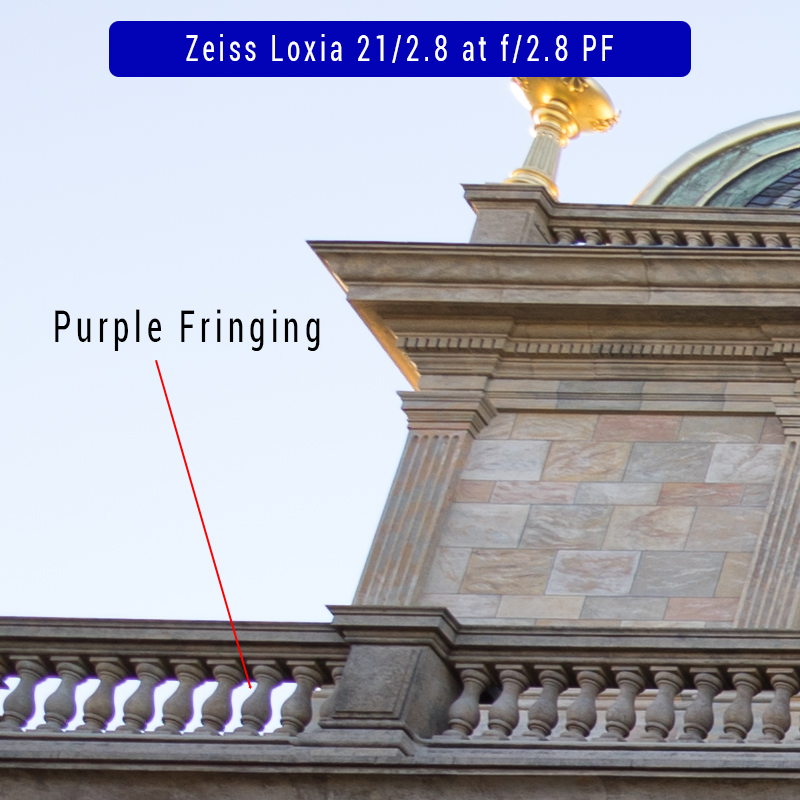
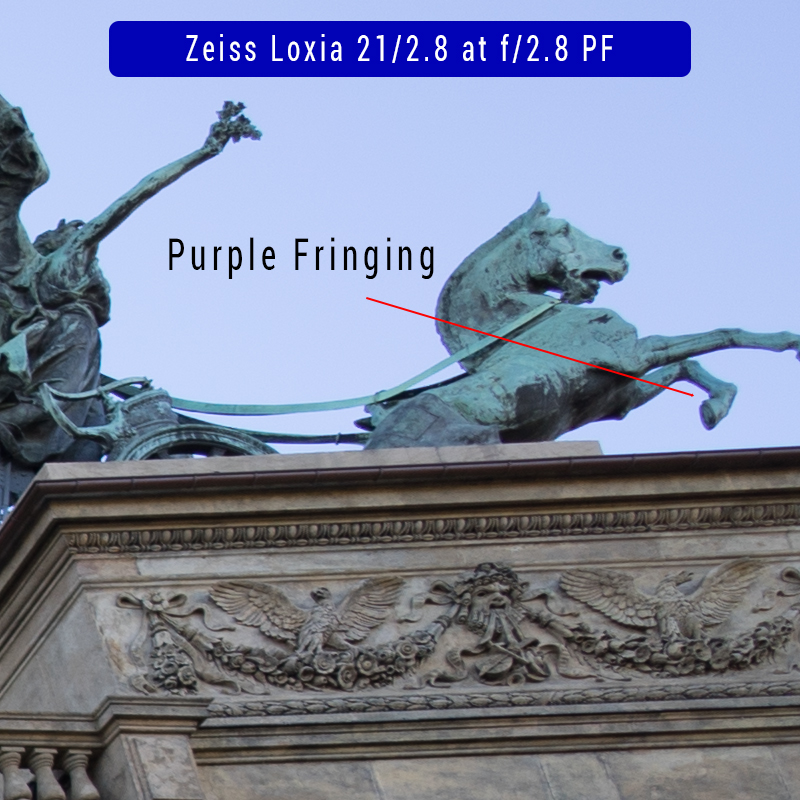 CA doesn’t worry me nowhere near distortion does. I will rarely use this lens wide open (PF is almost gone at f/4 and completely gone at f/5.6 and smaller, for most situations) and even if I need to, this level of aberration is usually very easy to remove in pp.
CA doesn’t worry me nowhere near distortion does. I will rarely use this lens wide open (PF is almost gone at f/4 and completely gone at f/5.6 and smaller, for most situations) and even if I need to, this level of aberration is usually very easy to remove in pp.
Where it seems that Loxia 21/2.8 really excels (I will have to make much more tests, but so far it looks very good), is flare resistance. I have to say that I am impressed with the efficiency of recent Zeiss coatings in both – contrast preservation and flare artifacts reduction.
That was it for the day 2 with Loxia. More is coming soon. If you have any questions, you can use following forum link for discussion:
http://www.verybiglobo.com/forums/topic/zeiss-loxia-212-8/
Bookmark this page if you want to follow-up this review.
To help this page survive, your donation will be highly appreciated.
Thank you James, Melvin, Anthony, David, Michael and all of you who sent us some cash. We really appreciate it and it really helps. You are all our verybigheroes!
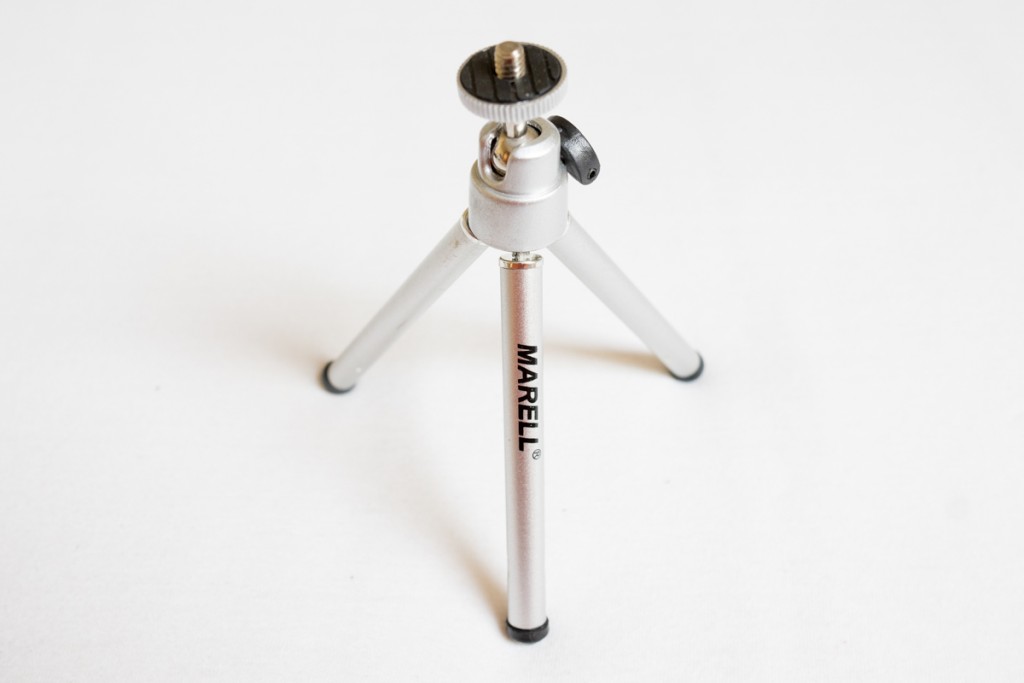



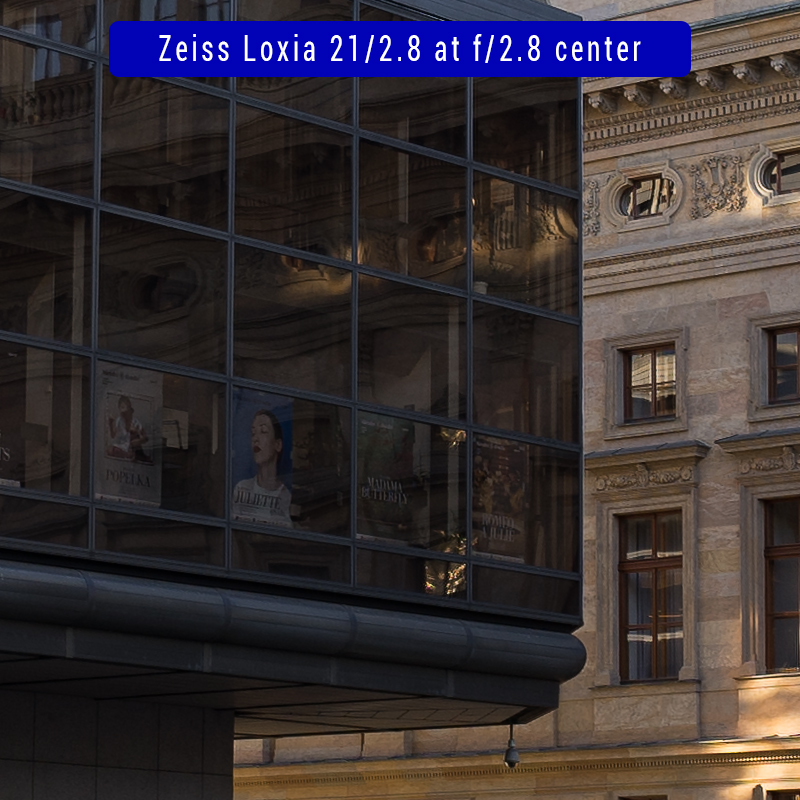
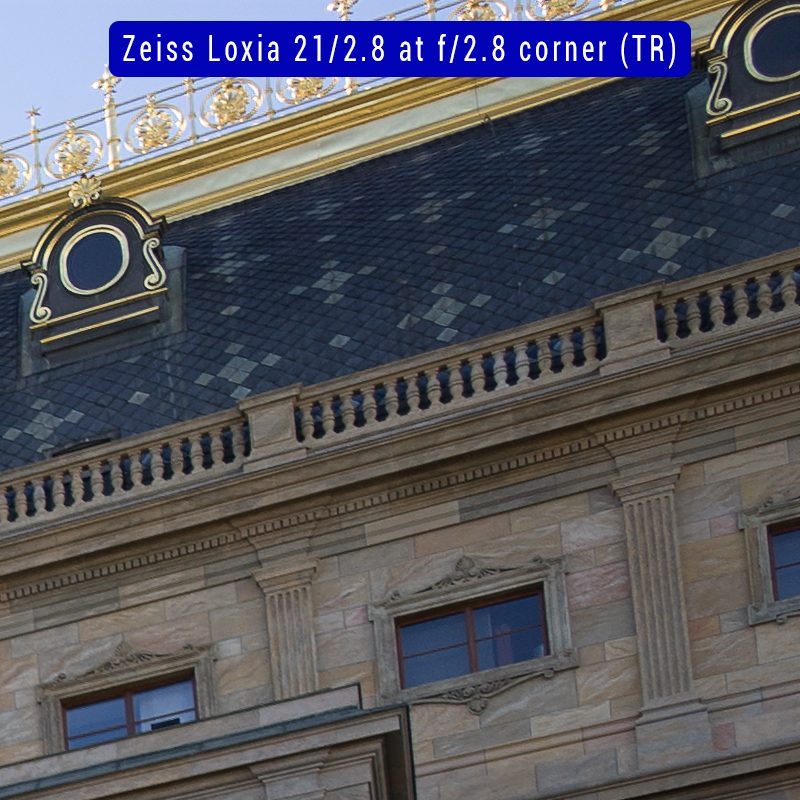
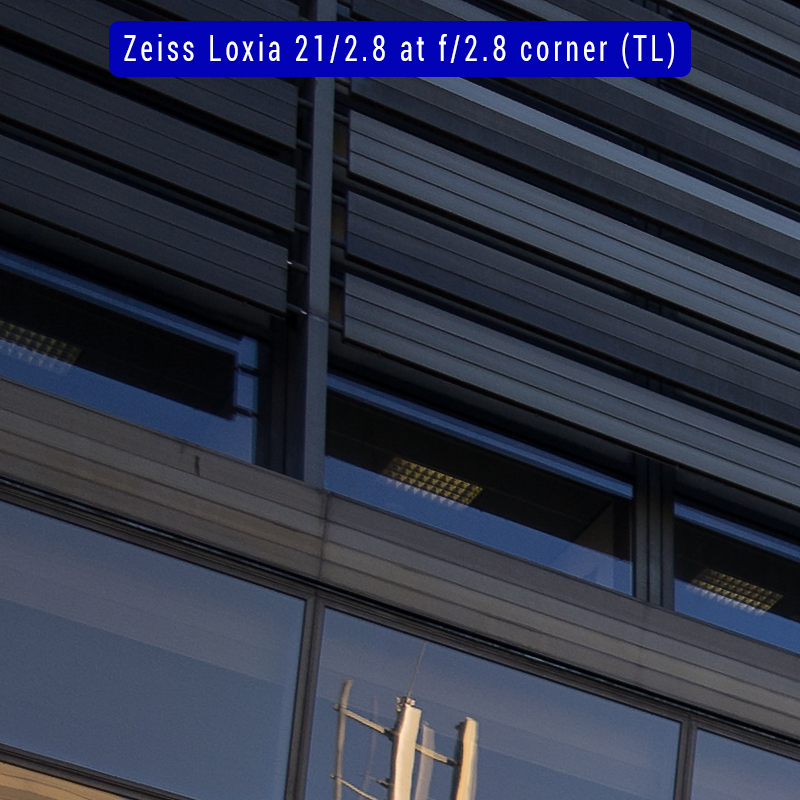
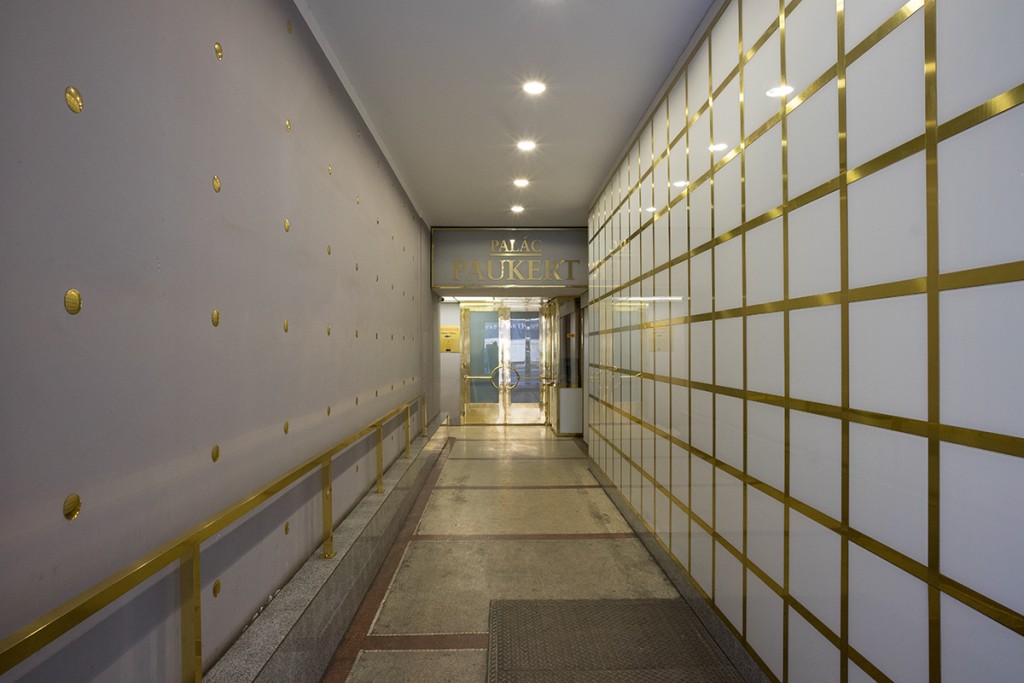
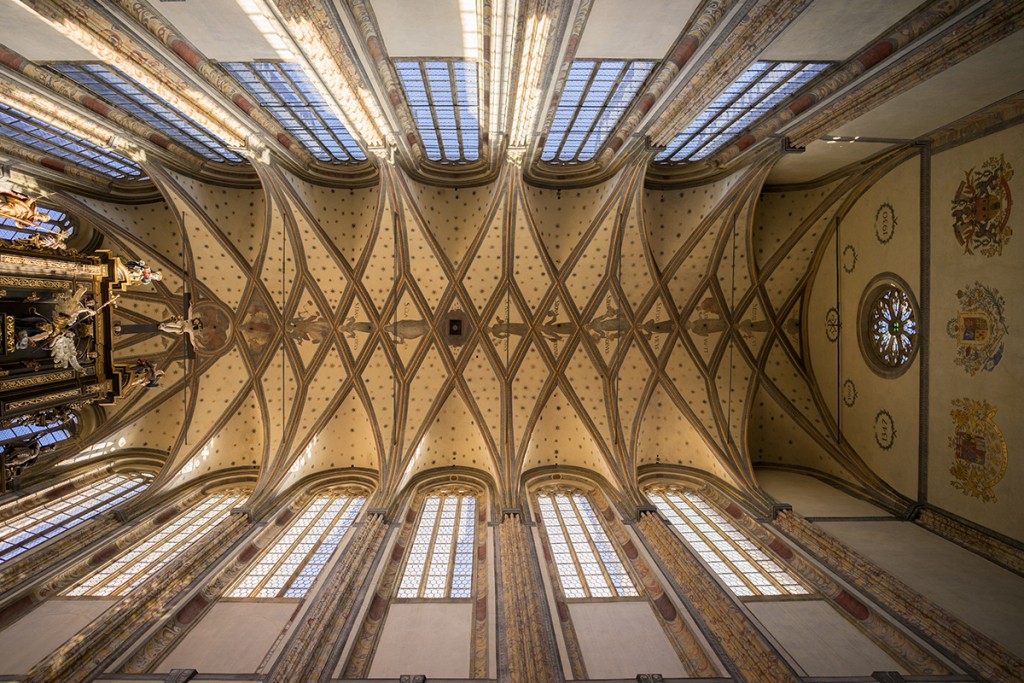
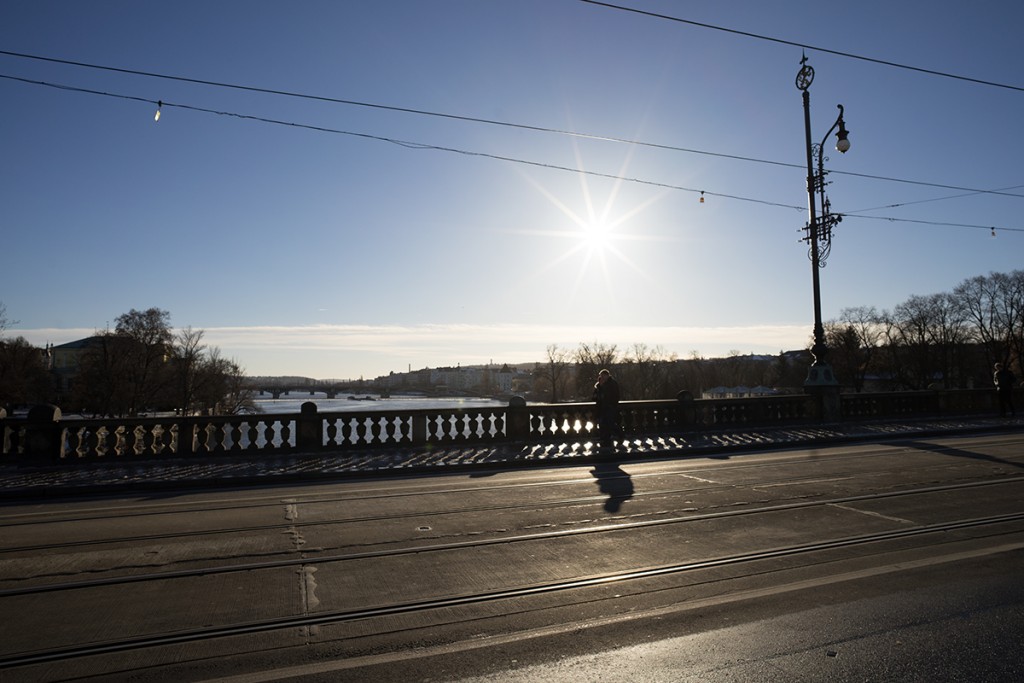
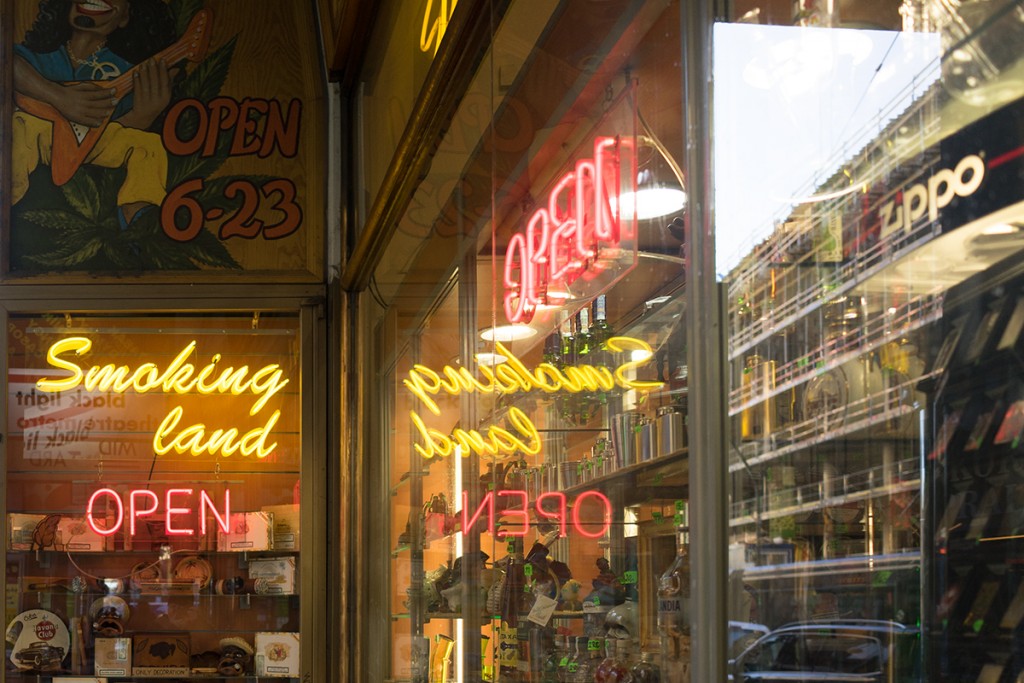
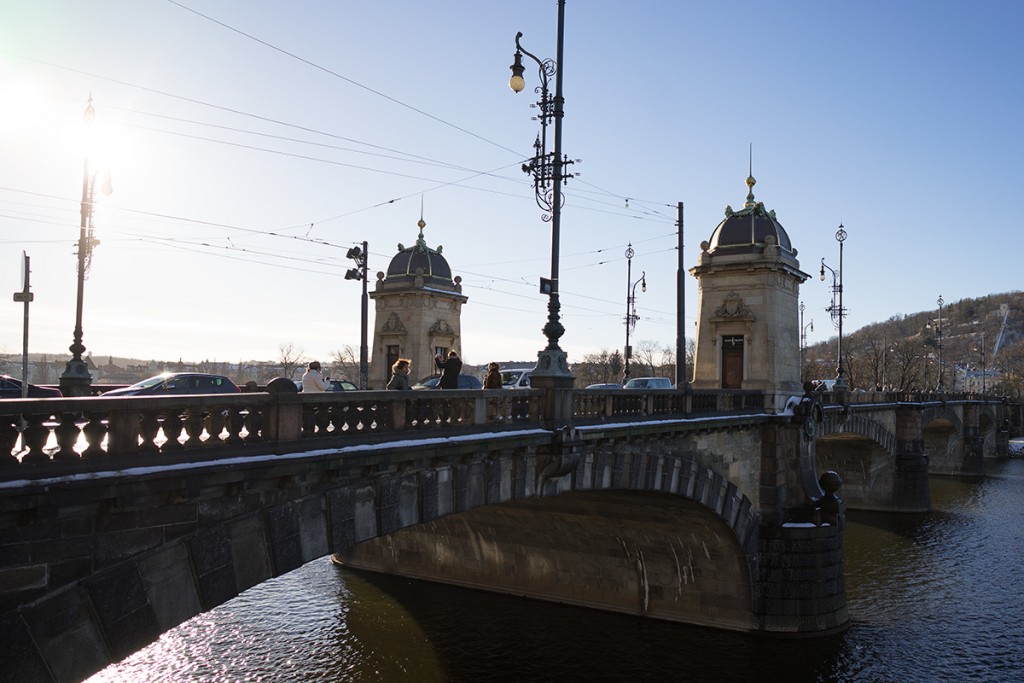
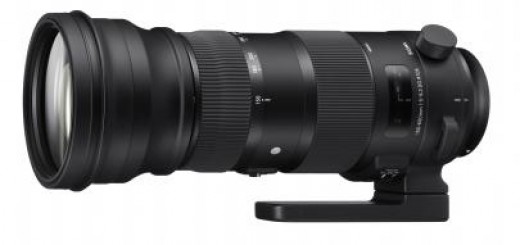
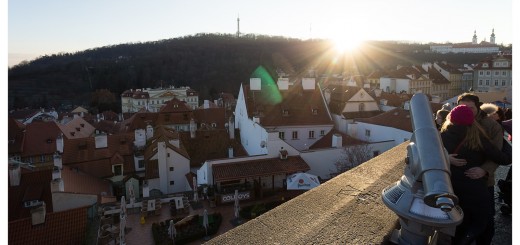
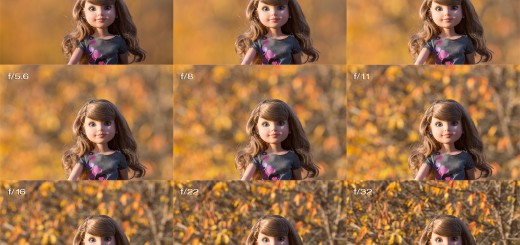











Very good lens overall, despite wavy distortion. Very sharp.
After few months I can’t agree more. One of the best WA lenses I tried so far.
hi Viktor great review. ı have got two Loxia, 21mm and 50mm. I would like to ask 3 question.
1. İs there a huge, big, real etc. 🙂 different image and bokeh quality with ZA 5omm f1.4 planar?
2. Sony and sigma 85mm f value 1.4 and Batis 85mm f value 1.8. So why Loxia f value 2.4 what is the f2.4 purposes?
3. ıf you were in my situation, would you buy Loxia 35mm?
thx a lot.
For 2., read this: http://www.verybiglobo.com/zeiss-loxia-85mm-f2-4-hands-on-photokina-2016/
//VBL: Would you say that compactness is the key selling proposition of the Loxia lenses?
Mr. Cristophe Casenave: Definitely. But without compromising build or image quality. This is why Loxia 85 is “only” f/2.4. We have this 85/4 lens in M mount (Tele-Tessar) and people always said – it might be a bit slow but its size is miraculous, it’s superb. So we tried to make a compromise, to keep the size compact while adding a bit more light. We were opening it more and more and then we said stop, that’s it – f/2.4, that’s a perfect balance between size and speed.